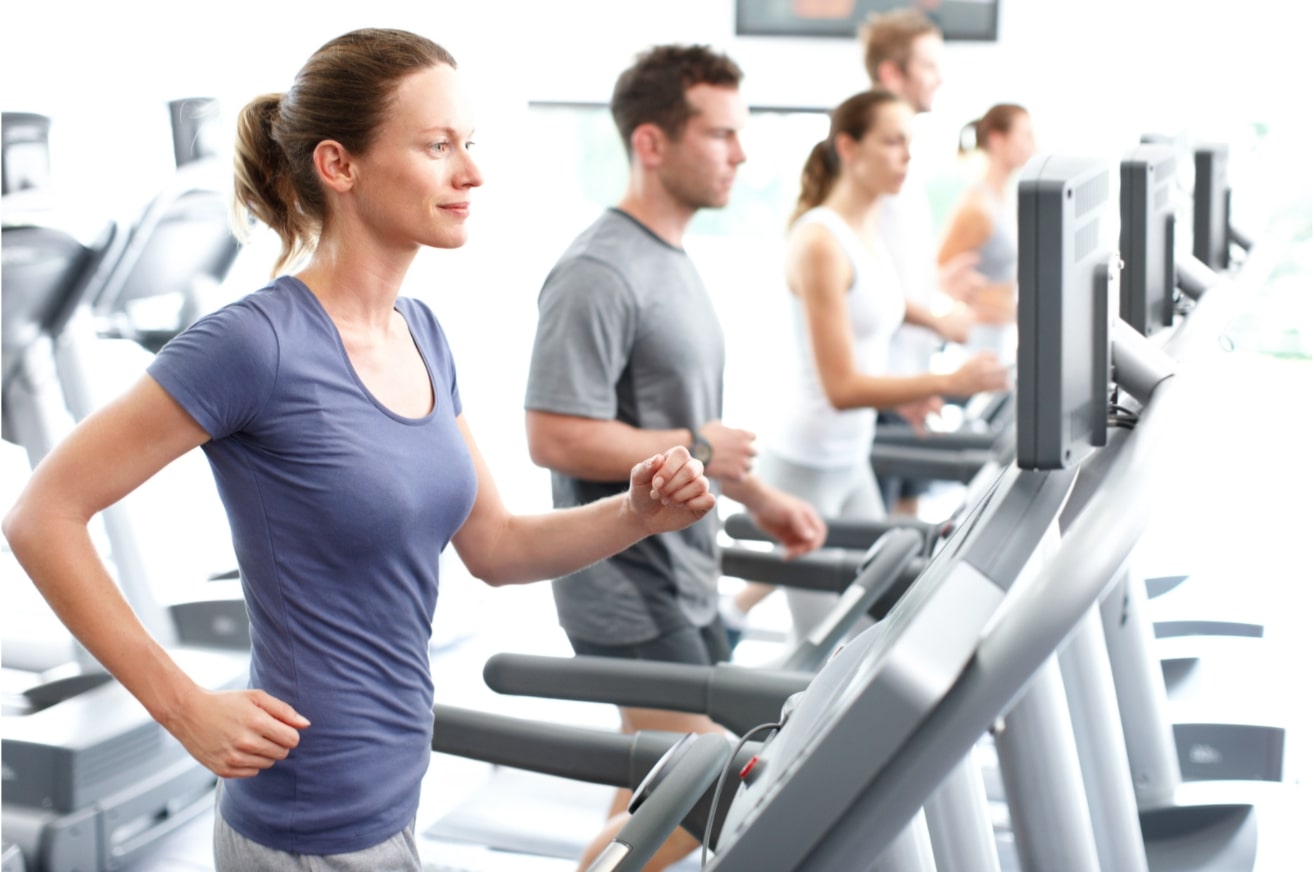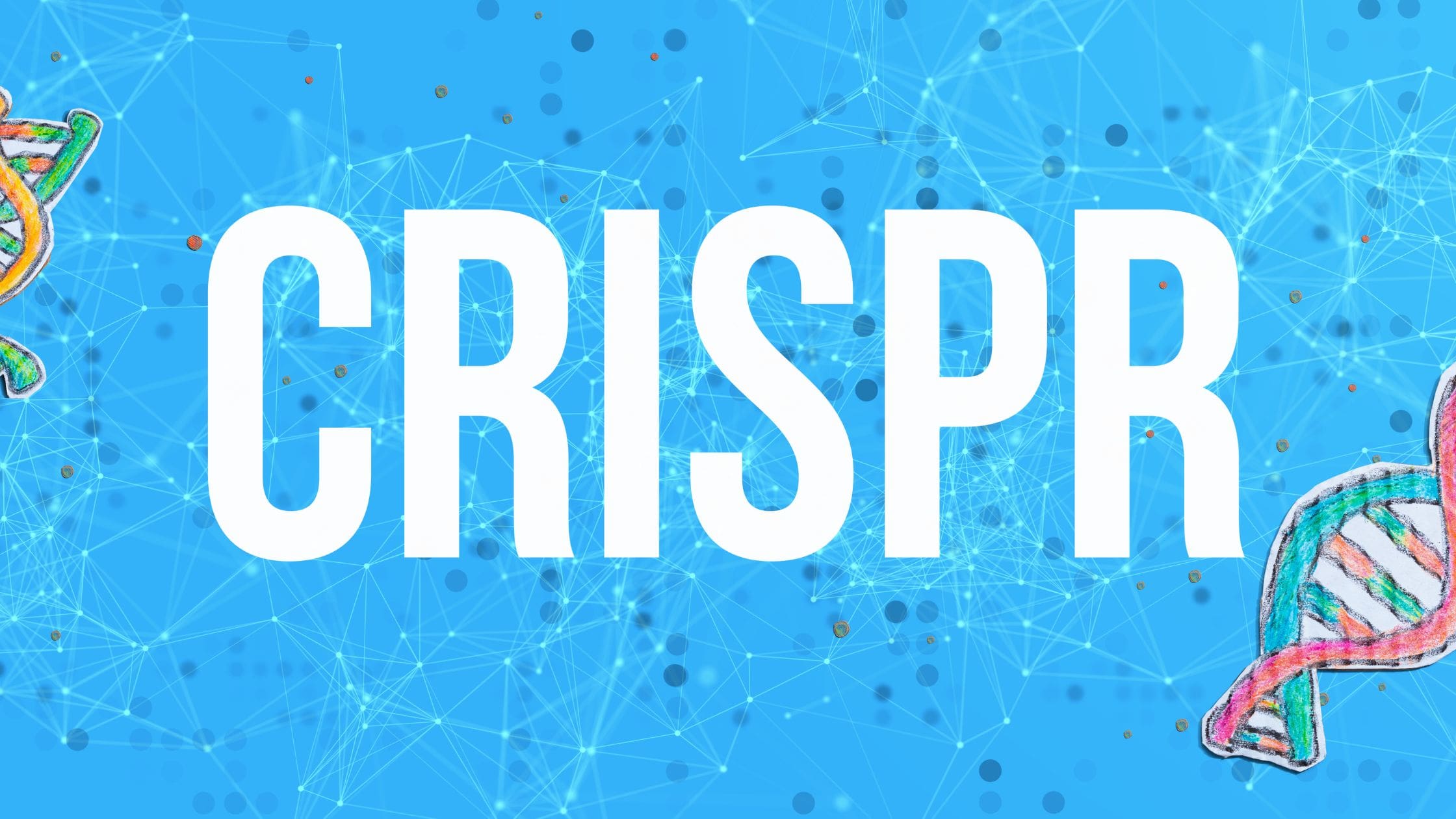Years ago, a popular word in the world of health was “telomere,” the protective area at the end of the chromosomes. When cells replicate, they lose some of this protective area until the telomeres become so worn down that the cells can’t replicate correctly any longer. That’s why telomere length is considered a marker of age.
However, for runners, there is some good news. Research suggests that endurance exercise helps preserve telomere length as one ages. A 2013 study found that the telomeres of ultrarunners were 11 percent longer, correlating with a 16-year decrease in biological age than non-runners.
The question is, how much running is required to see benefits to telomere length? One researcher, Dr. Larry Tucker, a professor of exercise science at Brigham Young University, researched the question. Among nearly 6,000 adults in the National Health and Nutrition Examination Survey, those who exercised had longer telomeres, but only in the group with high physical activity.
According to some of the findings, the highly active group’s cells appear nearly nine years younger than the sedentary group’s telomeres after adjusting for differences in demographic and lifestyle. However, there isn’t a significant difference in telomere length between those who don’t exercise, have low physical activity or moderate physical activity. To receive the benefits of exercise, one has to be in the highest active bracket of people who exercise.
Based on the study, Dr. Tucker identifies the threshold for exercise. Women should jog for 30 minutes, five days a week while men should run for 40 minutes, five days a week.
However, Dr. Tucker also published another 2017 study with similar data in the Journal of Nutrition, Health & Aging. He researched eating nuts and seeds and found that those who consumed about 3 percent of their total energy intake via nuts and seeds were one year “younger” in telomere length. A further study on the impacts of caffeine and coffee on our health was a bit more complex. Dr. Tucker found that caffeine makes telomeres shorter, but coffee makes them longer. Previous studies show that caffeine can interfere with DNA repair and disturbs chromosomes, but coffee has anti-inflammatory components that are beneficial for our health. So, the two compete with each other when they’re consumed. Various factors may predict which one will be more effective in our systems and it depends on the strength of the coffee.
For every 100 milligrams of caffeine we consume daily, telomeres were 35.4 base pairs shorter. Every 100 grams of coffee that are consumed daily shows telomeres were 15 base pairs longer. For instance, a grande (16 oz) Starbucks medium roast coffee will have 300 milligrams of caffeine, so consumers are trading the 68-base pair benefit of the coffee with the 106-base pair loss from the caffeine. At this level, it might not seem significant, but if caffeine consumption is higher than its effects are noticeable on telomeres.
Overall, most studies find that exercising with coffee consumption can keep us energized, active and help us feel younger too. Telomere research is still uncovering new information about how exercise improves our body’s health and youthfulness. For now, it appears a healthy diet mixed with a regular running schedule can help boost our health and longevity.




